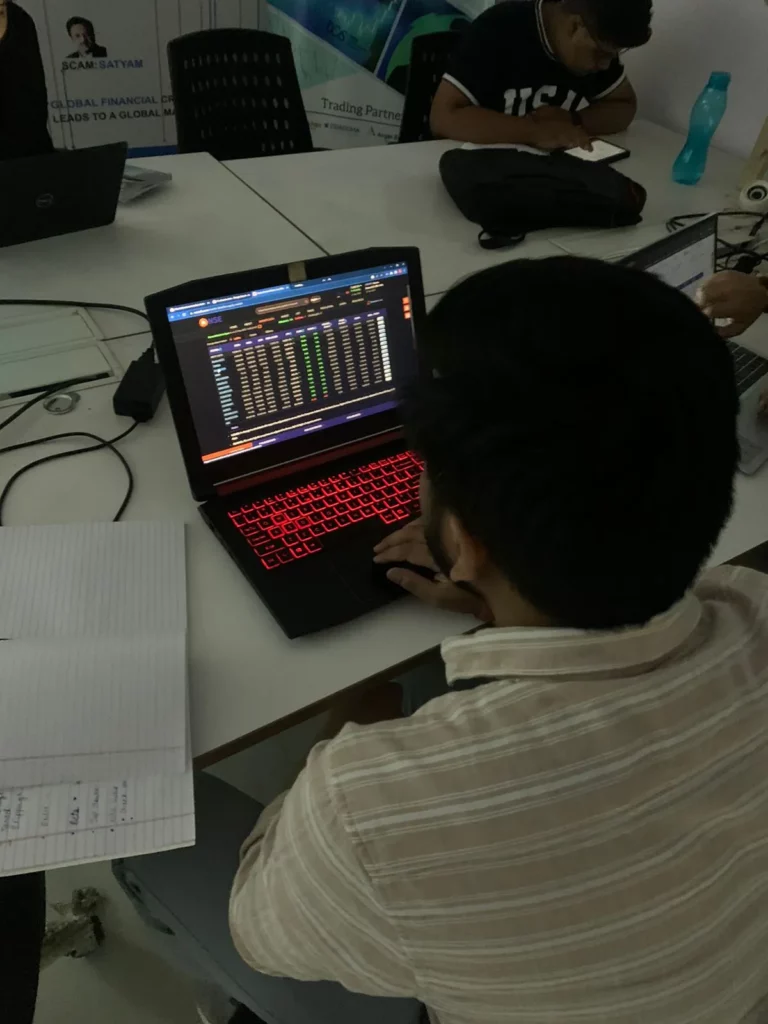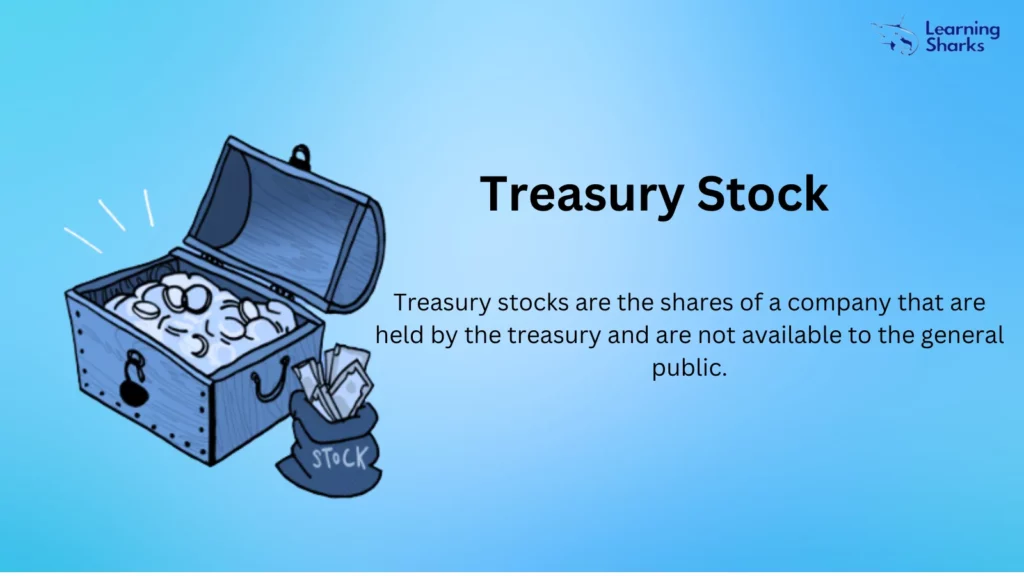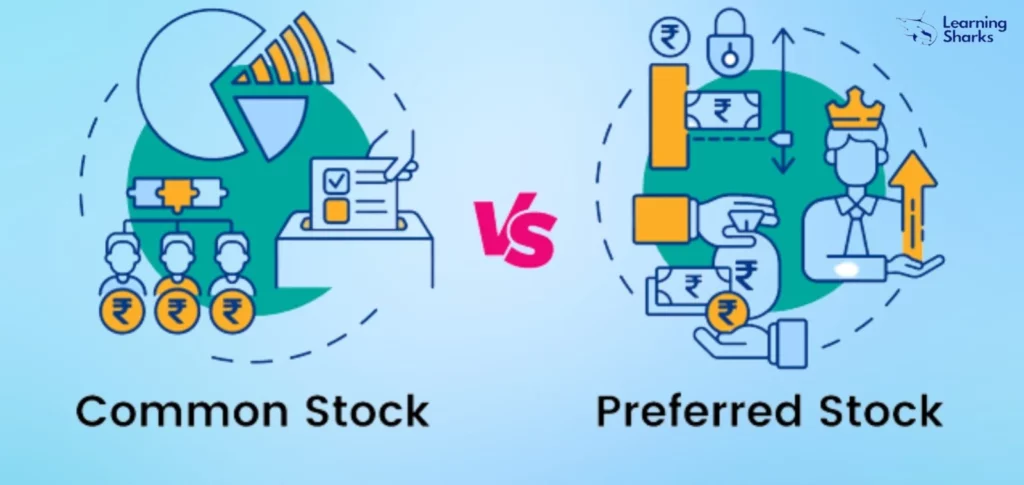
Introduction
Welcome to our in-depth look at the Australian Securities Exchange (ASX). We are committed to providing you with the most accurate and valuable information about the ASX as industry-leading experts in finance and investing. In this article, we will go over the ASX’s history, structure, operations, and the various investment opportunities it provides. By the end, you’ll have a firm grasp on the ASX and how it works.
What is the Australian Securities Exchange (ASX)?
The Australian Securities Exchange, or ASX, is the country’s primary securities exchange. It is one of the Asia-Pacific region’s largest and most influential financial markets. The ASX, which was founded in 1987, is critical in facilitating the trading of various financial products such as equities, derivatives, and fixed-income securities.
History of the ASX
The ASX has a long history dating back to the early nineteenth century. It was originally known as the Sydney Stock Exchange, and it was established in 1871. Several other regional stock exchanges merged with the Sydney Stock Exchange over time, resulting in the establishment of the Australian Stock Exchange in 1987. The ASX became a public company in 2006 and changed its name to the Australian Securities Exchange.
Structure and Operations
The ASX operates as a vertically integrated exchange group, providing a wide range of services to market participants. It consists of multiple market platforms, each serving a specific asset class. The key components of the ASX’s structure include:
- Primary Market: The primary market facilitates companies seeking to list their securities on the ASX through initial public offerings (IPOs). It is the process of creating and distributing new shares to investors.
- Secondary Market: The majority of trading on the ASX takes place in the secondary market. It enables investors to buy and sell existing securities such as stocks, ETFs, and other financial instruments.
- ASX Trade: ASX Trade is the electronic trading platform that market participants use to execute ASX trades. It uses a centralized order book system to ensure accurate price discovery and transparent transactions.
- ASX Clearing and Settlement: Post-trade services provided by ASX Clearing and Settlement include clearing, settlement, and risk management. These functions ensure that transactions are settled properly and that counterparty risks are kept to a minimum.
- ASX Compliance: ASX Compliance is in charge of monitoring and enforcing ASX listing rules compliance. It ensures that listed companies follow all disclosure and governance requirements.
Investment Opportunities on the ASX
For both retail and institutional investors, the ASX provides a diverse range of investment opportunities. The following are some of the most important investment options available on the ASX:
1. Equities
On the ASX, investors can trade a wide range of equities representing various industry sectors and market capitalizations. The ASX provides a platform for investing in both domestic and international equities, whether you are looking for blue-chip stocks, growth-oriented companies, or dividend-paying investments.
2. Exchange-Traded Funds (ETFs)
Because of their low costs and diverse exposure, ETFs have grown in popularity among investors. The ASX offers a diverse range of ETFs, allowing investors to gain exposure to a variety of asset classes such as stocks, bonds, commodities, and currencies.
3. Derivatives
The ASX is a major trading venue for derivatives such as futures and options contracts. Derivatives enable investors to hedge risks, speculate on price movements, and better manage their investment portfolios.
4. Fixed-Income Securities
Investors looking for consistent income streams can look into the ASX’s fixed-income securities. Government bonds, corporate bonds, and hybrid securities are examples of these securities. They provide regular interest payments as well as capital stability.
5. Initial Public Offerings (IPOs)
Participating in initial public offerings (IPOs) can be an exciting way for investors to get in on the ground floor of a company’s growth. The ASX facilitates new company listing, allowing investors to invest in promising businesses and potentially profit from their future success.
Advantages of Investing on the ASX
Individuals and institutions alike can benefit from investing on the ASX. Here are some of the key advantages of using the ASX as your investment platform:
- Diversification: The ASX provides investors with access to a diverse range of investment options, allowing them to diversify their portfolios across asset classes and industries. Diversification reduces risk while increasing potential returns.
- Liquidity: The ASX, as one of the world’s largest stock exchanges, provides high liquidity, allowing investors to easily buy and sell securities. This liquidity allows for efficient price discovery while also lowering transaction costs.
- Regulatory Framework: The ASX is governed by a strict regulatory framework that encourages transparency, investor protection, and fair market practices. Investors can have faith in the market’s integrity and the dependability of listed companies’ disclosures.
- Stable Economy: The ASX benefits from Australia’s stable political environment, strong legal system, and well-regulated financial markets. These factors entice both domestic and international investors, resulting in long-term growth opportunities.
Conclusion
Finally, the Australian Securities Exchange (ASX) is a well-known financial marketplace that provides a wide range of investment opportunities. The ASX provides a platform for you to participate in the dynamic world of finance, whether you are a seasoned investor or just starting out. The ASX continues to play an important role in shaping Australia’s financial landscape, thanks to its rich history, comprehensive structure, and diverse range of investment options. Begin exploring the ASX today to capitalize on the potential for growth and wealth creation.
FOR MORE INFO CLICK THIS SITE:https://learningsharks.in/
FOLLOW OUR PAGE:https://www.instagram.com/learningsharks/?hl=en

















